Food History
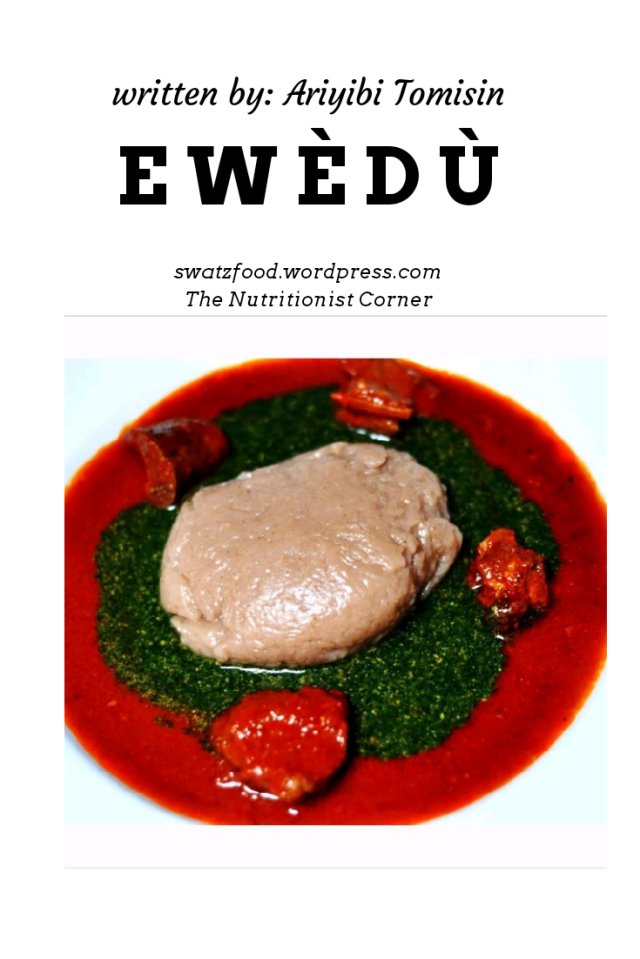
Ewedu leaf as the Yoruba’s call it, Achingbara in igbo, Rama in hausa or Jute leaf as in English language, all point to the same leaf botanically known as Corchorus olitorius. It is a green leafy vegetable that is prepared into the delicious slimy soup called Ewedu, it is commonly eaten by the Yoruba tribe.
Nutritive value of Ewedu (Jute leaf)
Jute is rich in minerals, vitamins and antioxidants. It also contains iron, calcium, sodium, phosphorus, potassium, protein, fibre, vitamin A, C and vitamin E, riboflavin, niacin and folate. These are nutrients that help the body to fight diseases and maintain good health. Ewedu is loaded with vitamins and antioxidants that are crucial in protecting the body from degenerative diseases such as cancer.
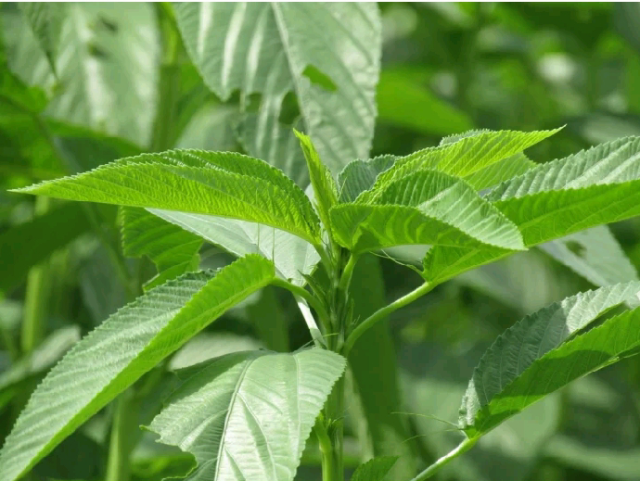
Health benefits of Ewedu leaf
-It is known to have skin beautifying agents and anti-aging properties, as the vitamin C content tends to increase the production of collagen, therefore keeping the skin firm and beautiful.
-It has high calcium content for healthy bones and dental health.
-It can increase sex libido and aid fertility.
-It lowers blood pressure and is good for heart health and diabetes.
-Ewedu soup is often used as a remedy for stomach related conditions such as ulcer dysentery and constipation.
-It is a very good source of dietary fibre, which makes it helpful in weight management and also aid bowel movement.
-It is a good blood purifier and laxative.
-It controls infections like gonorrhea.
-It aids easy delivery in pregnant women.
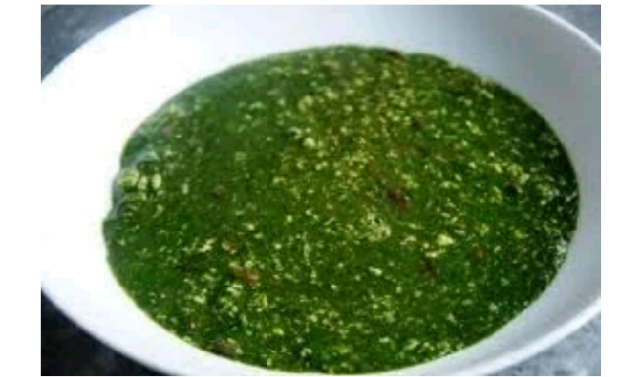
Variety menu of Ewedu soup
Ewedu soup is a tasty Nigerian soup; it is indigenous to the Yorubas, a popular ethnic group in Nigeria. It is a mucilaginous and very slimy draw soup.
Ewedu soup is often served with stew or gbegiri and accompanied by any swallow of ones choice, but it is commonly paired with Amala which is the delicay popularly eaten by the Oyo, and when its matched with gbegiri, its called Abula. It can also be eaten with, Semo, pupuru, wheat, Eba,Pounded yam etc.
Preparation
Ewedu is prepared by picking out the leaves from the stalk, rinse it thoroughly to remove the dirts and sand. Put a clean pot on fire and pour water enough to immerse the ewedu leaves, put your locust bean, a teaspoon of egusi leaves, dry fish/ crayfish and cover to boil. Once the mixture is boiled add your already cleaned ewedu leaves and don’t cover to avoid loosing its sliminess. Boil till the leaves are very soft and turn off the cooker. Use your Ijabe (i don’t know what that is in English tho😂😂), and beat the ewedu leaves with its sharp edge, doing it through till its all fluid like and slimy.
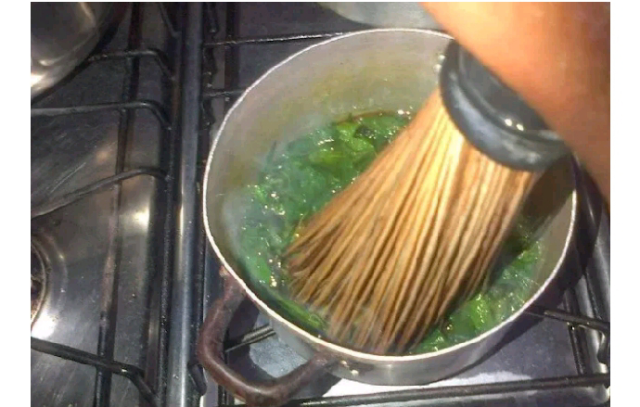
You can also blend the leaves or chop and cut into fine paste on a chopping board. All na still to enjoy ewedu.
Till we come your way with another exciting story on our 30 days story telling journey of our commonly consumed foods, do well to keep enjoying good health from your reads on our blog, keep liking, commenting and sharing our the links for others to learn too. Cheers to a healthy life!!!
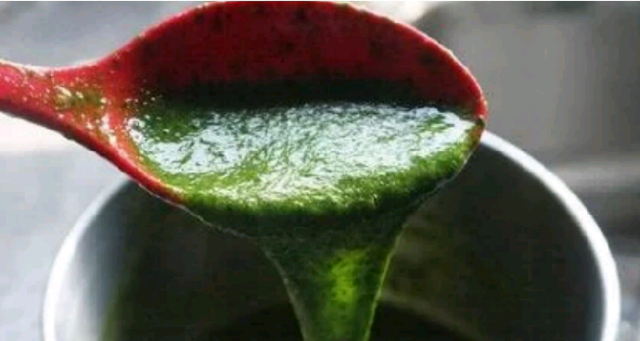
Written by: Ariyibi Tomisin
Images📸: google
I dunno why,but I’ve not eaten the “ewedu soup” that people talk about. I’ve only been coming across “ewedu soup gone wrong”
LikeLiked by 1 person
It can never go wrong baby
LikeLike
Take me back to Oyo town 😪😪😪 let me go and have some Amala and abula(Ewedu + gbegiri) I will be back
LikeLiked by 1 person
Wawwu…. … I so much miss Amala and abula
LikeLiked by 1 person